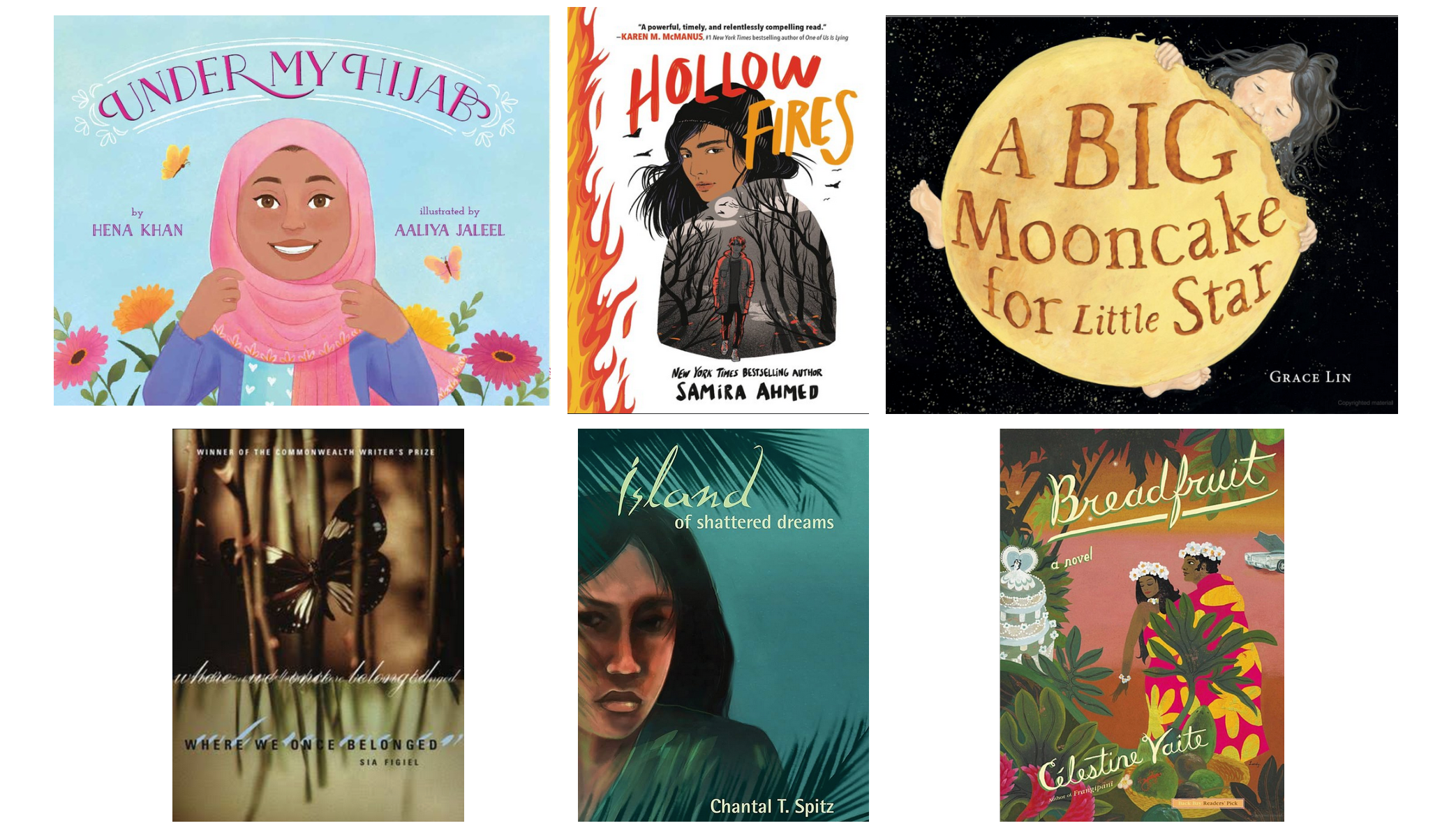How Book Bans Threaten Asian American and Pacific Islander Authors
A book ban is an action taken to remove or restrict access to books in schools, libraries, and public spaces, often targeting inappropriate content for young audiences. These efforts, driven by objections to explicit language, controversial themes, or discussions of race, gender, and sexuality, aim to protect young readers. However, critics argue that such bans suppress crucial perspectives, erase cultural narratives, and silence marginalized voices. For Asian American and Pacific Islander (AAPI) authors, this growing trend of book bans threatens their stories and contributions.
Book bans in the United States are not new, but their resurgence has been notable in the context of cultural and political polarization. According to PEN America, a free-expression advocacy organization, more than 1,500 book titles were listed for bans during the 2021-2022 school year alone. Then, in 2023, the American Library Association reported 4,240 book titles targeted for censorship, which is 65% higher compared to 2022. A large number of these banned titles are written by BIPOC (Black, Indigenous, and People of Color) authors.
While the rise in book bans has drawn national attention, some states have taken significant steps to reverse or resist these efforts. For instance, Illinois passed legislation to become the first state to prohibit book bans in public libraries. “Here in Illinois, we don't hide from the truth; we embrace it,” said Governor JB Pritzker.
Similarly, California recently passed legislation against book bans and textbook censorship in the state’s 10,000+ schools. “When we restrict access to books in school that properly reflect our nation’s history and unique voices, we eliminate the mirror in which young people see themselves reflected, and we eradicate the window in which young people can comprehend the unique experiences of others,” said First Partner Jennifer Siebel Newsom.
On the other hand, states like Florida and Texas have become epicenters of the book ban movement. These states lead the nation in book challenges, with dozens of districts targeting works by authors of color and LGBTQIA+ voices. In both states, grassroots organizations and advocates continue to challenge these restrictions, emphasizing the importance of intellectual freedom.
The contrast between these states underscores the divided landscape of book access across the country. While some regions support diverse narratives and resist censorship, others double down on efforts to limit the availability of these stories, often aligning with broader cultural and political divides.
For AAPI authors, the stakes are high. These writers are already underrepresented in mainstream publishing, and censorship further marginalizes their voices. Asian American books like Samira Ahmed’s Hollow Fires, Grace Lin’s A Big Mooncake for Little Star, and Hena Khan’s Under My Hijab are among the recently banned books that discuss topics like racial discrimination and themes like cultural tradition. Critics label these topics as “too mature” or “political” for young audiences, but these narratives are crucial for fostering empathy and cultural understanding.
For instance, Samira Ahmed’s Hollow Fires tackles Islamophobia and systemic injustice, offering a lens through which students can better understand current societal challenges. Removing such books from schools and libraries sends a clear message that these experiences are not worth exploring, perpetuating ignorance and intolerance.
While Pacific Islander books like Sia Figiel’s Where We Once Belonged, Chantal Spitz’s Island of Shattered Dreams, and Celestine Vaite’s Breadfruit are less frequently spotlighted in censorship debates, they also face critique challenges due to their controversial themes. These works delve into the unique cultural experiences and struggles of Pacific Islanders, highlighting themes of colonialism, identity, and resilience. By targeting these stories, book bans further marginalize Pacific Islander voices, compounding their already limited representation in literature.
According to the Cooperative Children’s Book Center, books by Asian and Pacific Islander authors accounted for only a small fraction of published children’s literature in recent years. Book bans exacerbate this disparity, creating an additional barrier for authors to reach readers and for communities to see themselves reflected in literature.
The impact of these bans also extends beyond authors. Erasing these stories may impact young AAPI readers because representation in literature plays a crucial role in building self-esteem and identity. Conversely, non-AAPI readers need more opportunities to develop a deeper understanding of cultures and experiences different from their own. This lack of exposure hinders cross-cultural dialogue and mutual respect, both of which are essential for a diverse society.
In response to these troubling trends, organizations and activists are mobilizing to protect the freedom to read. PEN America and the National Coalition Against Censorship are two organizations that advocate for intellectual freedom and work to challenge book bans in schools and libraries. Additionally, grassroots efforts by parents, educators, and students are pushing back against censorship, emphasizing the importance of diverse literature in education.
Readers can take action by supporting banned books through purchases or donations to schools and libraries, attending local school board meetings, and joining advocacy groups. Resources like the ALA’s Banned Books Week and PEN America’s Fight Back Against Book Bans also provide tools to raise awareness and resist censorship.
Book bans are not just a threat to individual authors or titles; they attack the principles of free expression and cultural diversity. For AAPI authors, whose voices are already underrepresented, these bans represent a significant barrier to visibility and impact. Defending their work means protecting free speech and affirming the value of stories that reflect the full spectrum of human experience. Combating book bans is not just about preserving books; it is about preserving the right to understand, empathize, and connect through the power of storytelling.
Other resources you can check out:
Asian American, Native Hawaiian, and Pacific Islander Reading List by New York Public Library
An Asian American Reading List of Banned Books in 2023 by Asian Americans Advancing Justice
Book Banning Resources by We Need Diverse Books
